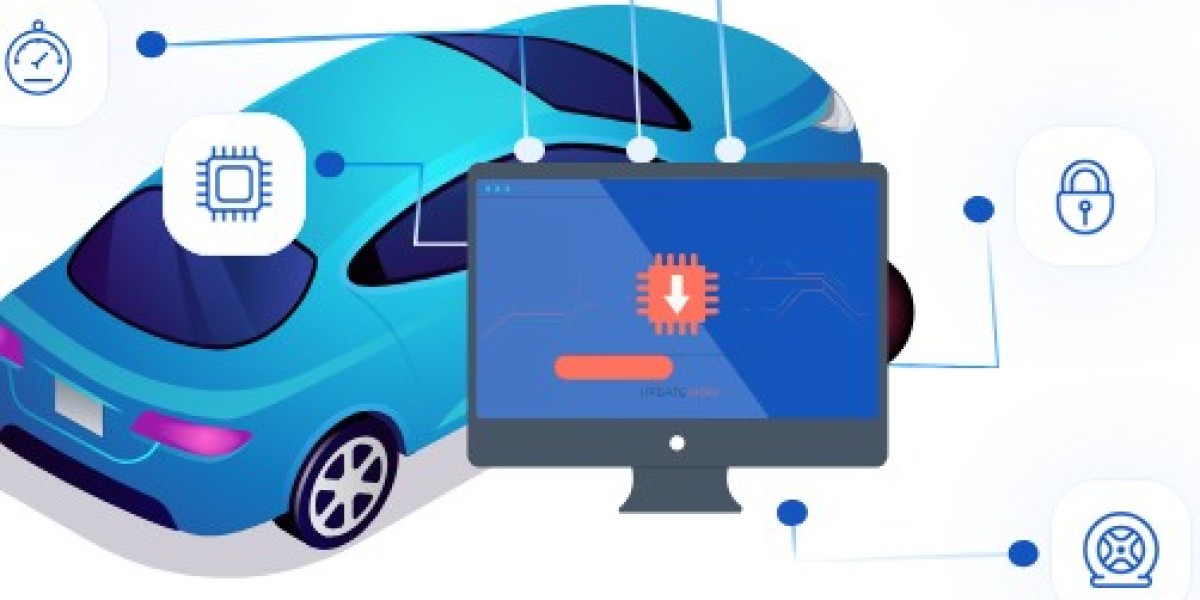The future of in-vehicle networks is shaped by technological advancements, consumer demand for connected services, and regulatory requirements for vehicle safety and cybersecurity. This article explores emerging trends, innovations, and the transformative potential of in-vehicle networks in shaping the future of automotive technology.
Evolution of In Vehicle Networks
From CAN Bus to Ethernet: In-vehicle networks evolve from traditional CAN Bus and LIN protocols to high-speed Ethernet and FlexRay architectures. Ethernet supports bandwidth-intensive applications, such as multimedia streaming, autonomous driving systems, and vehicle-to-everything (V2X) communication.
Integration with IoT Devices: In Vehicle networks integrate with Internet of Things (IoT) devices, smart sensors, and connected infrastructure to enhance vehicle connectivity, gather real-time data, and optimize operational efficiency. IoT integration supports predictive maintenance, traffic management, and personalized driving experiences.
Emerging Technologies and Innovations
5G Connectivity: The deployment of 5G networks accelerates in-vehicle communication speeds, reduces latency, and supports ultra-reliable low-latency communication (URLLC) for safety-critical applications. 5G integration enhances V2X communication, improves traffic flow, and enables seamless vehicle connectivity.
Edge Computing: Edge computing platforms process data locally within in-vehicle networks, reducing latency, optimizing bandwidth usage, and supporting real-time decision-making for autonomous driving and cloud-based applications. Edge computing enhances in-vehicle network performance and responsiveness.
Automotive Cybersecurity and Data Privacy
Secure OTA Updates: Automotive manufacturers implement secure OTA update mechanisms to deploy software patches, firmware upgrades, and security enhancements remotely. Secure OTA ensures data integrity, verifies update authenticity, and protects in-vehicle networks against cyber threats.
Regulatory Compliance: Compliance with automotive safety standards, such as ISO 26262 for functional safety and UN ECE regulations for cybersecurity, ensures vehicle safety and regulatory adherence. Manufacturers integrate cybersecurity measures into in-vehicle networks to protect against cyber threats and ensure consumer trust.
Consumer Demand and User Experiences
Connected Services: Consumer demand for connected services drives the adoption of in-vehicle networks that support advanced features, such as real-time navigation updates, voice-controlled assistants, and personalized infotainment options. Connected services enhance driver convenience, entertainment, and overall vehicle usability.
User-Centric Design: Automotive OEMs prioritize user-centric design principles to enhance the usability and accessibility of in-vehicle networks. Intuitive interfaces, seamless connectivity with mobile devices, and personalized settings improve driver satisfaction and foster brand loyalty.
Future Innovations and Industry Collaboration
AI-Powered Analytics: Integration of artificial intelligence (AI) and machine learning (ML) enables predictive analytics for in vehicle networks. AI algorithms analyze vehicle data, predict maintenance needs, optimize energy efficiency, and enhance driver safety through real-time insights and proactive recommendations.
Smart City Integration: In-vehicle networks contribute to smart city initiatives by supporting traffic management systems, environmental monitoring, and urban mobility solutions. Vehicle-to-infrastructure (V2I) communication enhances traffic flow, reduces emissions, and improves overall transportation efficiency.
Conclusion
Future trends in in-vehicle networks are driven by technological advancements, regulatory requirements, and evolving consumer preferences for connected services and enhanced driving experiences. By embracing innovations in connectivity, cybersecurity, and user-centric design, automotive stakeholders shape the future of mobility, redefine industry standards, and accelerate the adoption of next-generation in-vehicle networks.









